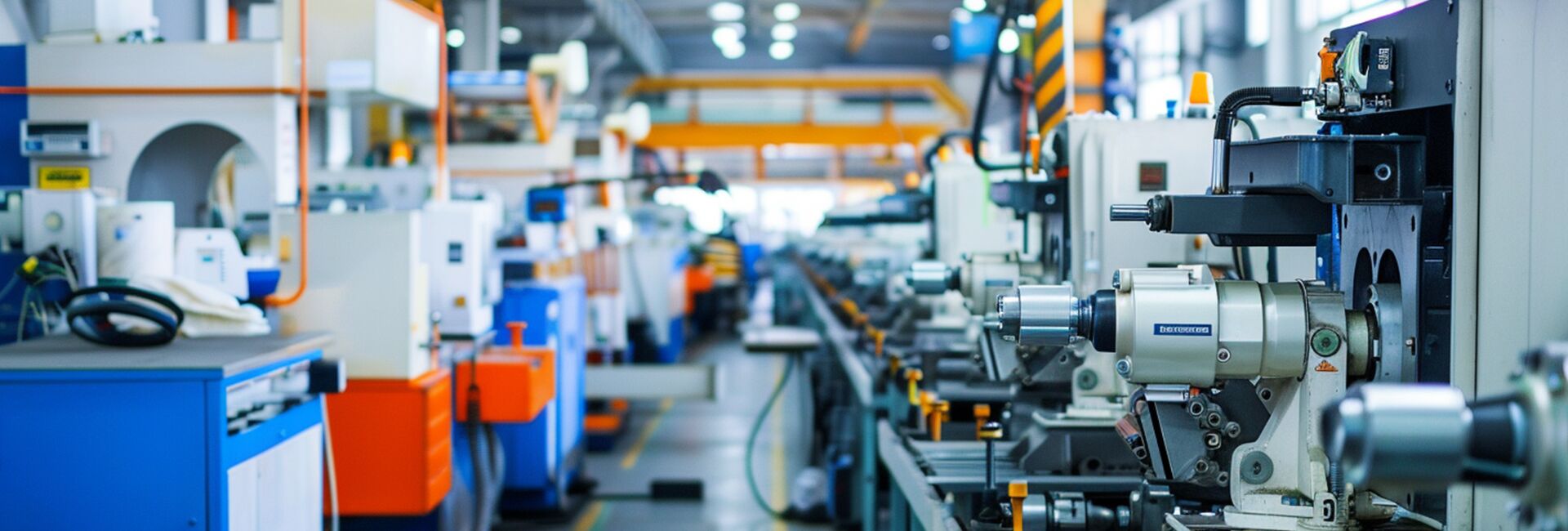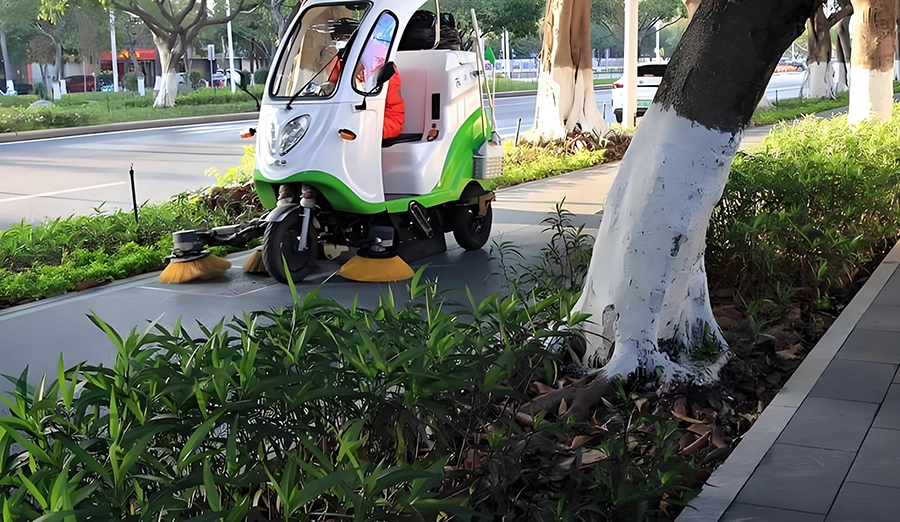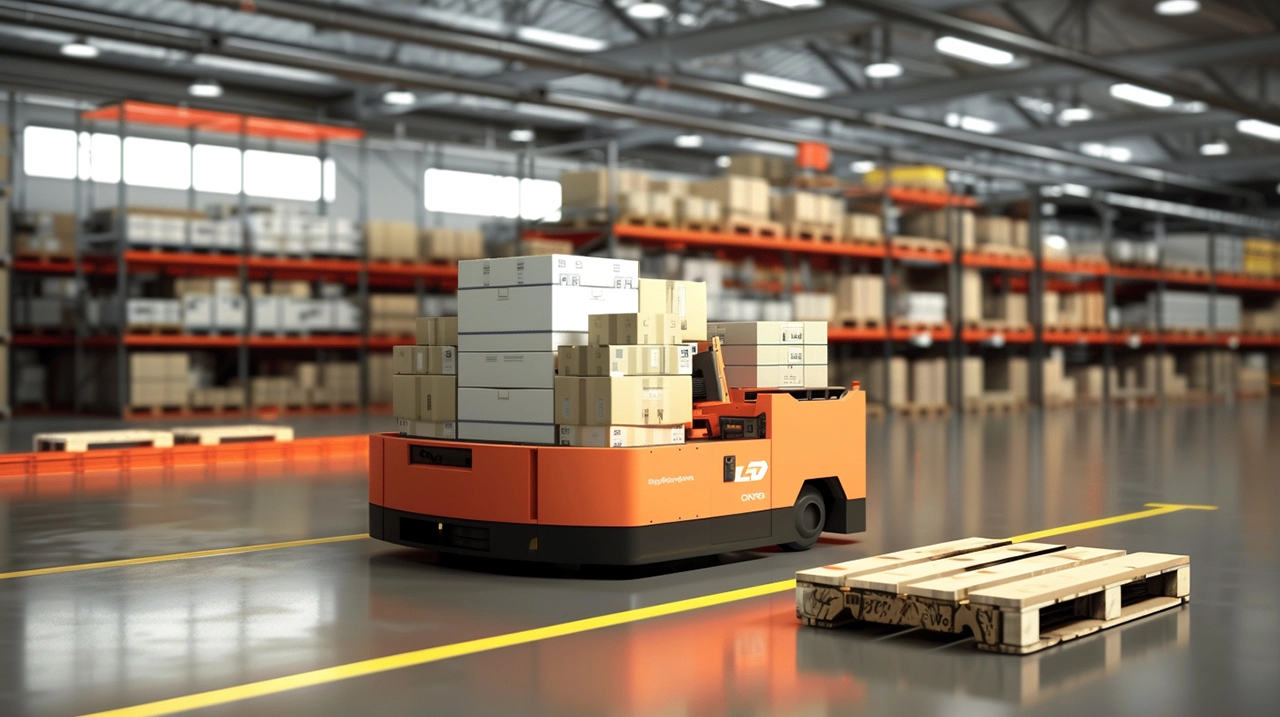
WIRELESS CHARGING IN THE NEWS
Against the backdrop of the global demand for clean energy constantly growing, photovoltaic power generation, as a sustainable energy solution, is being applied more and more widely. However, the efficient operation of photovoltaic power stations cannot do without regular cleaning and maintenance to ensure that solar panels always maintain the best power generation efficiency. As an advanced cleaning device, dry-hung photovoltaic cleaning robots are gradually becoming the main force in the maintenance of photovoltaic power stations. The application of wireless charging solutions has injected new vitality into the development of dry-hanging photovoltaic cleaning robots.
The importance of dry-hanging photovoltaic cleaning robots
The dry-hanging photovoltaic cleaning robot can automatically clean the photovoltaic panels, effectively removing dust, dirt, bird droppings and other debris, significantly improving the light transmittance and power generation efficiency of the photovoltaic panels. Compared with the traditional manual cleaning method, the dry-hanging photovoltaic cleaning robot has many advantages such as high efficiency, accuracy and safety. It can complete large-scale cleaning tasks in a short time, greatly saving labor and time costs. Meanwhile, the precise cleaning of robots can avoid the possible damage caused by manual cleaning and extend the service life of photovoltaic panels.
The limitations of traditional charging methods
In the early stage of the development of dry-hung photovoltaic cleaning robots, the traditional wired charging method dominated. This charging method requires a physical connection between the robot and the charging pile, which brings many inconveniences. On the one hand, frequent plugging and unplugging operations can easily lead to damage to the charging interface, affecting charging stability and the lifespan of the device. On the other hand, the wired charging method limits the robot's range of movement and reduces its working efficiency. In addition, in some complex photovoltaic power station environments, laying charging lines also faces many difficulties.
The advantages of wireless charging solutions
The emergence of wireless charging technology has provided a perfect solution to the charging problem of dry-hung photovoltaic cleaning robots. The wireless charging solution utilizes the principle of electromagnetic induction to transfer electrical energy from the charging base to the robot's receiving device through a magnetic field, achieving contactless charging. This charging method has the following significant advantages:
1. Convenience: Wireless charging does not require physical connection. The robot only needs to stop above the charging base to charge automatically, greatly enhancing the convenience of charging.
2. Safety: It avoids the safety hazards brought by plugging and unplugging operations, reduces the risk of damage to the charging interface, and enhances the safety and reliability of the equipment.
3. Flexibility: Unrestricted by charging lines, the robot can move freely over a larger area, enhancing work efficiency.
4. Adaptability: It can adapt to various complex photovoltaic power station environments and is more convenient for installation and maintenance.
The working principle of wireless charging solutions
The wireless charging system mainly consists of two parts: the transmitting end and the receiving end. The transmitting end includes a power module, a control module and a transmitting coil, while the receiving end includes a receiving coil, a rectifier module and a battery management module. When the robot is parked above the charging base, the transmitting coil generates an alternating magnetic field. Under the action of the alternating magnetic field, the receiving coil generates an induced electromotive force. Through the rectifier module, the alternating current is converted into direct current to charge the robot's battery. The control module can monitor the charging status in real time to ensure the safety and efficiency of the charging process.
Application cases of wireless charging solutions in dry-hung photovoltaic cleaning robots
At present, an increasing number of dry-hanging photovoltaic cleaning robots are beginning to adopt wireless charging solutions. For instance, a well-known brand's dry-hanging photovoltaic cleaning robot is equipped with an advanced wireless charging system, which features high charging efficiency and fast charging speed. After completing the cleaning task, the robot can automatically return to the charging base for charging without the need for manual intervention. After practical application verification, the dry-hanging photovoltaic cleaning robot adopting wireless charging solution has seen its working efficiency increase by more than 30%, and the service life of the equipment has also been significantly extended.
With the continuous advancement of technology, wireless charging technology will be constantly improved and developed. In the future, the wireless charging solution for dry-hung photovoltaic cleaning robots will become more intelligent, efficient and reliable. Meanwhile, wireless charging technology will also be combined with other advanced technologies, such as the Internet of Things and artificial intelligence, to achieve remote monitoring and intelligent management of dry-hung photovoltaic cleaning robots.
The wireless charging solution for dry-hanging photovoltaic cleaning robots represents a major innovation in the field of photovoltaic cleaning. It not only overcomes the limitations of traditional charging methods, enhances the working efficiency and reliability of dry-hung photovoltaic cleaning robots, but also provides strong support for the intelligent maintenance of photovoltaic power stations. It is believed that in the future, wireless charging technology will be more widely applied in the photovoltaic cleaning field, promoting the sustained and healthy development of the photovoltaic power generation industry.







